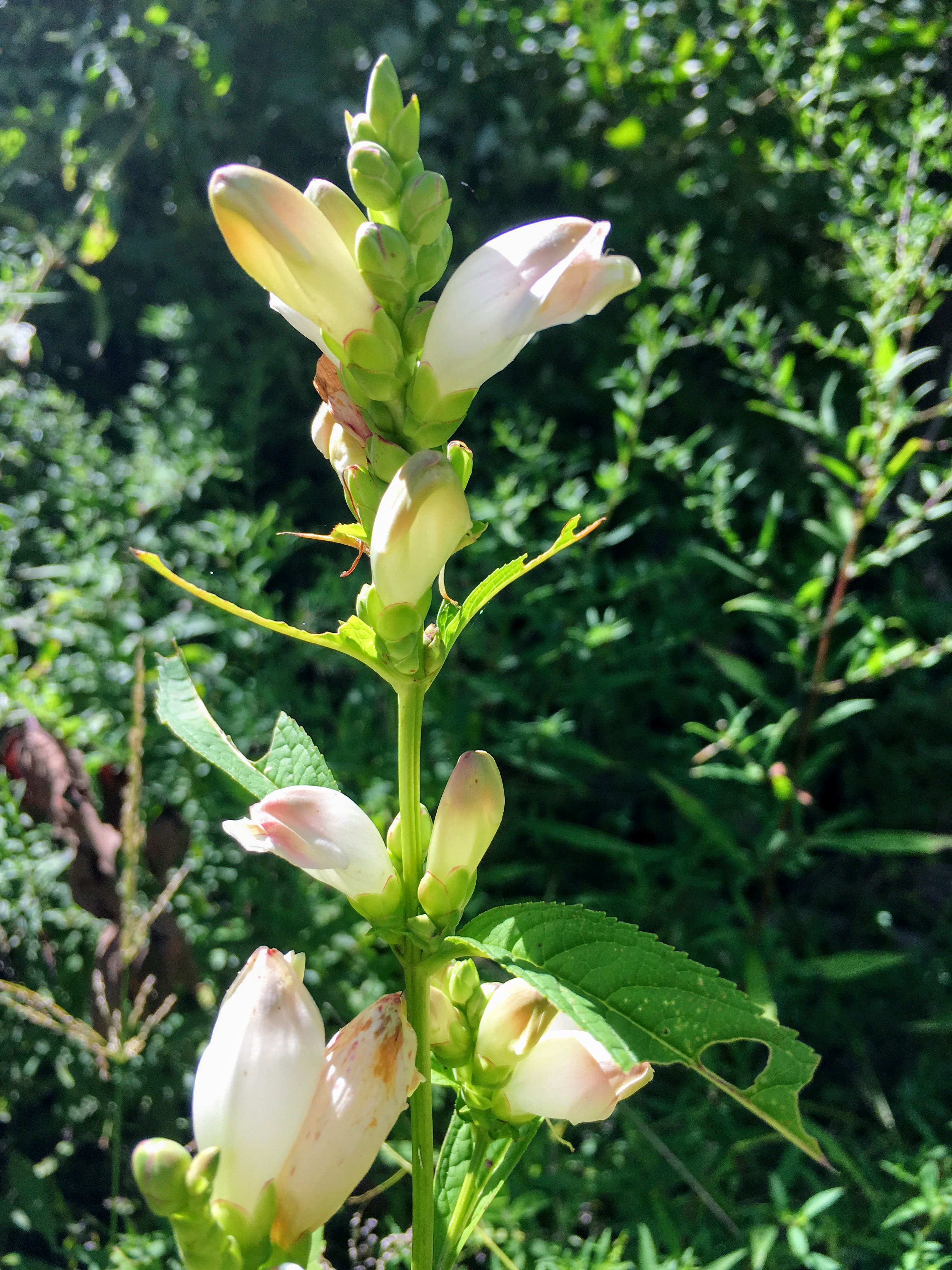Featured
- Get link
- X
- Other Apps
White Turtlehead Plant
White Turtlehead Plant. Otherwise, bury roots so that the crown of the plant lies just at or above the surface of the soil. I am most familiar with the white blossomed plant, and it really does look like a small white turtle with its mouth open, just ready to pounce on an unsuspecting victim.

White turtlehead is named for its distinctive flowers which are said to resemble a turtle's head. Obliqua (red turtlehead) has pink to nearly red flowers with a white or yellow beard. The blooms are pollinated mostly by bumblebees, which have the size and strength to pry open the bloom and reach the nectar inside.
This Wildflower Has Also Enjoyed A Rich Herbal History.
This wetland plant will strongly prefer wet to moist soils in full to mostly sun. Soil should be consistently moist; This varietal has long stems that give the species an open, bushy appearance.
See This Plant In The Following Landscape:
White turtlehead at clarksburg wetland white turtlehead serves as the primary regional host plant for the baltimore checkerspot butterfly (euphydryas phaeton), maryland's official state insect (see below under wildlife lore). Likes composted leaf mulch in sunny areas. While not as showy as some of the other varieties, white turtlehead produces fragrant ivory blooms and makes for a great garden accent, growing to be between two and threefeet tall.
Best In Wet, Rich, Humusy Soil In Partial Shade;
Enjoying moist soil, they are a great option for partially shaded swampy areas, around ponds, and in woodlands. The leaves are coarsely toothed and dark green. A good choice for shade or woodland gardens, bog gardens, pond or water garden peripheries, wildflower or native plant gardens.
White Turtlehead Can Also Be Planted From An Already Established Plant Or Seedling.
If planting around the edges of a pond or stream bed, be sure to place only the roots under water. Tall, upright stems with showy flowers on. White turtlehead is named for its distinctive flowers which are said to resemble a turtle's head.
The Flowers Are Excellent For Cutting.
Glabra (white turtlehead) was found along the eastern part of the continent from newfoundland to georgia and alabama and is hardy in zones 3 to 8. In the rain garden, it helps to manage rainwater and filter runoff. The plant is found growing in margins of swamps, wet woods and rivers, woodland garden sunny edge, dappled shade, shady edge and bog garden.
Comments
Post a Comment